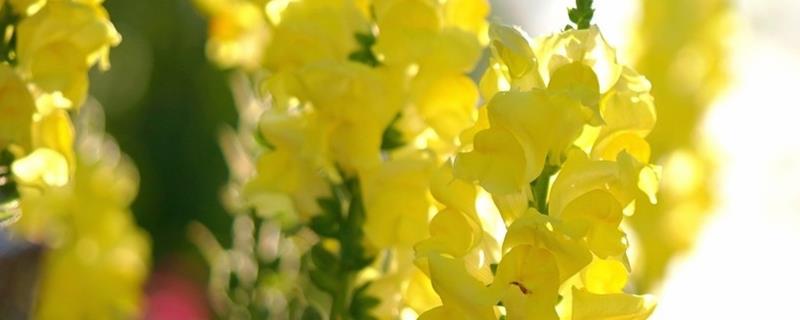How to breed Shegan
Last Update :2024.12.18
Article Catalog
3. Problem diagnosis and treatment
It is a type of herbaceous plant. Its root system is irregular, with many fibrous roots, and is yellow. Its stem is upright, with a height of 1 to 1.5 meters. Its leaves are sword-shaped, ranging from twenty to sixty centimeters in length and two to four centimeters in width. Its inflorescences are terminal, the pedicels are very thin, and the flower color is orange-red. It has a detoxifying effect.

1. Maintenance methods
1. Maintenance methods
1. Temperature: Warmth is most suitable for it and can be kept between 15 and 28 degrees. In addition, because its ability to withstand cold is relatively strong, there is generally no need to take special measures in winter, unless it is in a very northern area. However, the temperature should not be too high as this will affect its growth to a certain extent.

2. Light: Shegan likes light, so it needs to provide good lighting sunshine. When it grows the fastest, try to maintain enough light time to meet its requirements. However, in the summer, try to get a little shade, especially at midday.

3. Watering: Shegan is not tolerant of waterlogging. Therefore, not only should you not water too much in normal times, which will lead to water accumulation, but you must also pay attention to timely drainage of waterlogging during plum rains or other heavy rains.

4. Fertilization: In order to promote Shegan to grow well, appropriate amount The fat is indispensable. Generally speaking, the time for top dressing is March and June. In addition, before entering winter, a certain amount of fertilizer can be mixed into the soil.

2. Breeding skills
1 . Propagation: Shegan is generally propagated in a large area and can be sown. The germination rate is relatively high, generally around 90%. Sowing can be done in spring, before and after Qingming Festival, or from September to October. The spacing between plants can be 25 centimeters, and the spacing between rows can be 30 centimeters. Five or six seeds can be sown in each hole. After sowing, cover with soil, water in time, and cover with some grass to keep warm and moisturize.

2. Pruning: The first is topping, so that Nutrients are concentrated in its roots and stems, effectively increasing yield by about 10%. Furthermore, when its leaves wither, they need to be cut off in time to avoid consuming too much nutrients.

3. Problem diagnosis and treatment
1 2. Disease: There may be "rust", which may occur in the seedling stage and the adult stage, and is especially serious during the golf season. It can be prevented and treated with sodium dimethonate, and it can be cured in two or three times. In addition, herbicides need to be sprayed regularly.

2. Pests: There are not too many types of pests. Just spray in time and eliminate them immediately while their numbers are small.

IV. Other issues
1 , Toxicity: One of its characteristics is that it is slightly toxic. However, it is also a good medicinal herb.

2. Whether it can be raised at home: It is generally Those grown in large areas are not kept alone at home.
When to pot chrysanthemums and how to pot them smoothly

For potting chrysanthemums, the right time is critical and can affect the survival...
The Difference Between Foxgloves and Snapdragons

Plant types are different: foxglove plants will be taller, about 60-120cm tall; sn...